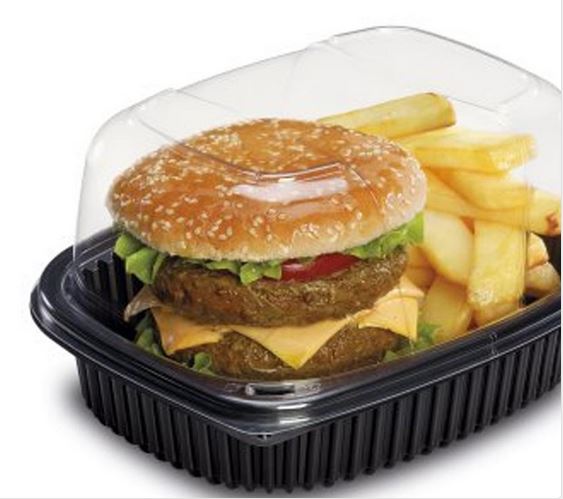Takeout containers. The war on disposable plastic objects for the European Parliament pushes the search for biodegradable materials to be included in their warehouse and replace them with their stocks.
Starting in 2021, the sale of disposable plastic items, such as cutlery, cotton sticks for cleaning ears, dishes, straws, drink mixers (coffee stirrers or cocktail sticks) should be prohibited in the EU; sticks for balloons.
Takeout containers
The recent ban on disposable plastics has created a demand for sustainability, which will be met by eco-friendly alternatives such as biodegradables.
The attempt to solve this problem started with an initiative taken last year when MEPs voted to eliminate most of the non-essential office supplies from 2018 onwards, including sharpeners or rulers because they are not needed during voting sessions, once one is sitting behind his desk the work tasks involve reading documents aloud, so no eye contact would have been lost if there had actually been a need for help to find out something about the legislation that is being discussed far away.
Takeout containers
MEPs added fast-food containers made of expanded polystyrene and oxy-degradable plastic articles (such as bags or packaging) to the list of prohibited plastics proposed by the Commission. The Eurocamera also declares war on cigarette butts containing plastic, whose quantity in waste must be reduced by 50% by 2025 and by 80% by 2030, with tobacco producers called to bear the costs of processing and collection, including transport.
The same applies to producers of fishing gears containing plastics, which will contribute to achie a recycle target set at least 15% by 2025.

Takeout containers
The European Parliament wants to rid the Earth of all plastic pollution, which is causing serious problems. Are they struggling over what kind of substitute materials should be used for this war on disposable items and take-out containers – biodegradable or more sustainable?
Takeout containers
A new study by the World Wide Fund For Nature (WWF) found that plastic is one of the most widely used materials on Earth, but it is also a major cause for concern. The organization interviewed 514 experts in 7 different countries about their attitudes towards five common consumer items made of disposable plastic: drinking glasses; plates, knives and forks; shopping bags/boxes – all produced using a process called “single use”.
All of the respondents, except two, have felt negatively towards these products because of what has been seen as an unnecessary level of exposure in our environment that can have negative effects both on human health over time and on animal populations if not disposed of properly after.
Takeout containers
The production and use of plastic has increased steadily since World War II, when recycling programs were implemented to address the war shortages caused by Japan bombing Pearl Harbor while America was fighting Germany abroad – which means these ponds or landfills that kept all this material They’re not going anywhere anytime soon!
The containers are made of durable plastic and come in different shapes. They can be used for food or drinks, depending on what you need!
The take-away cups have been designed to look good and at the same time be practical at work with their elegant design elements such as handles that make transportation easy no matter how much weight there is inside.

Takeout containers
With their robust construction, plastic containers are the most common material for storing liquids. However this means they can release harmful chemicals if heated or thrown away improperly – which means you should be careful to recycle them if possible!
Furthermore, Member States should ensure that at least 50% of fishing gears contain lost or abandoned plastics that are collected each year.
The EU countries will also have to reduce the consumption of plastic products for which there are no alternatives (single-use boxes for hamburgers and sandwiches and food containers for fruits and vegetables, desserts or ice-creams) of 25% by 2025.
Takeout containers
Other plastics, such as beverage bottles, must be collected separately and recycled 90% by 2025.
The rapporteur of the report, the Belgian Liberal Frederique Ries, intends to open negotiations with the Council in November.
For the transport of cold foods, IngeoTM (P.L.A.) containers are available, for hot food containers with hinged lid in cellulose pulp, both in the mono-compartment version and in the two- and three-compartment versions.
For hot foods there are containers with hinged lid in cellulose pulp made of cardboard coated with a Mater-Bi film.
All we have to do is adapt the stock to the take-away containers in biodegradable materials and insert them into the products to be purchased in our management program.


